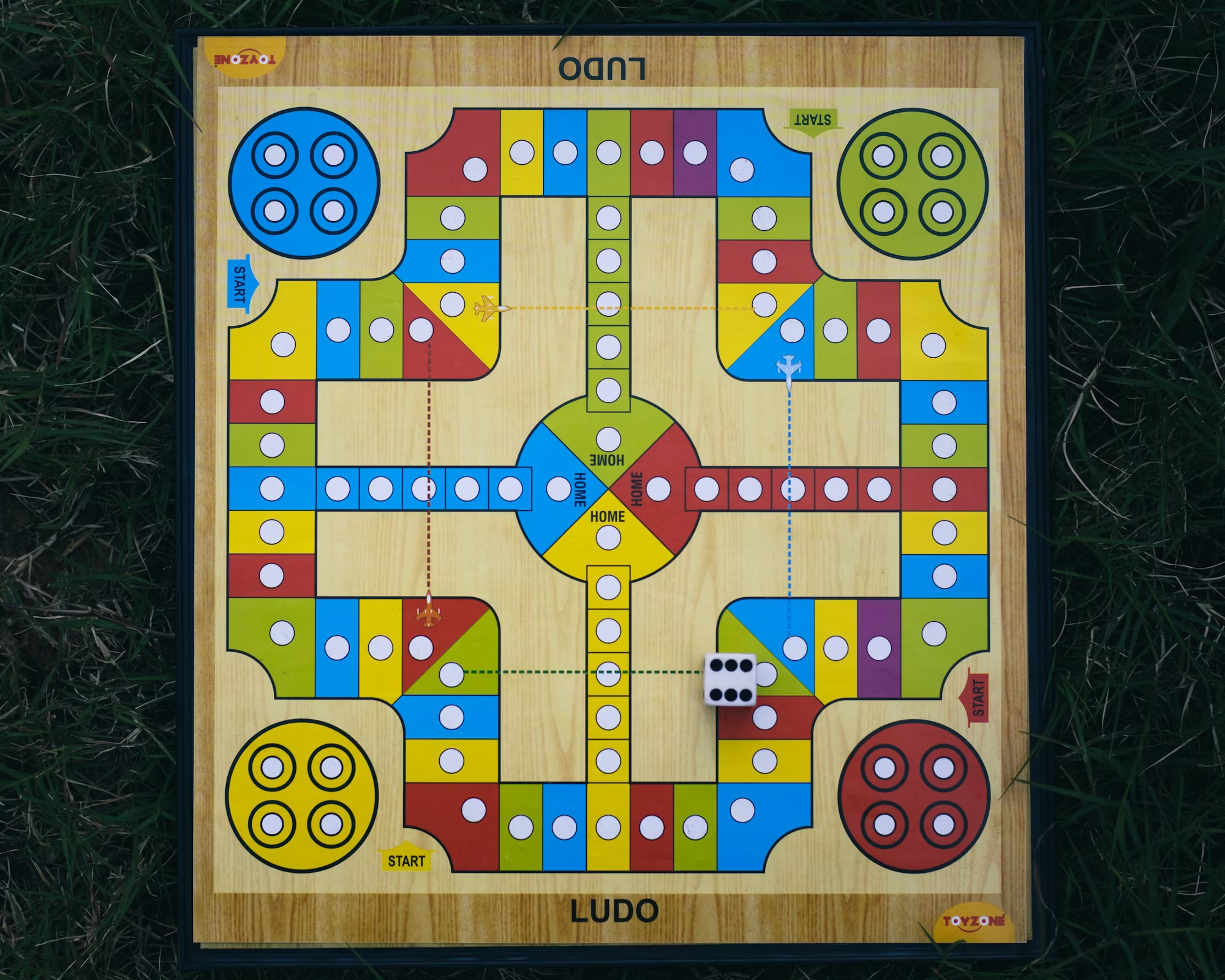Game design is a fascinating blend of art and science, requiring creativity, technical skills, and a deep understanding of player psychology. At its core, game design is about crafting experiences that engage and inspire players, inviting them to immerse themselves in unique worlds filled with challenges and narratives. This article delves into the principles of game design, exploring how various elements come together to create compelling games across different genres. One of the foundational aspects of game design is the concept of gameplay mechanics. These are the rules and systems that define how players interact with the game. Whether it’s the turn-based strategy of a board game, the fast-paced action of a first-person shooter, or the intricate puzzles found in a role-playing game, mechanics provide the framework for player engagement. For example, in games like Chess, every piece has its own movement rules, creating a complex web of strategy that players must navigate. Similarly, in video games like The Legend of Zelda, players encounter various mechanics that encourage exploration, puzzle-solving, and combat, all of which contribute to a rich gaming experience. Equally important to gameplay mechanics are the narratives that drive players’ engagement. A well-crafted story can transform a game from a mere collection of mechanics into an emotional journey. Take, for instance, the impact of narrative in games like Final Fantasy and The Witcher. These titles feature deep, immersive stories that resonate with players, offering them choices that affect the outcomes of their adventures. By blending gameplay with storytelling, designers can create a memorable experience that keeps players invested in the game’s world and characters. Art and aesthetics also play a crucial role in game design. The visual and auditory elements of a game can evoke emotions and set the tone for the entire experience. From the vibrant colors of a family board game to the detailed graphics of a modern video game, the aesthetics contribute significantly to the player’s immersion. Games like Journey exemplify how art can elevate gameplay, using stunning visuals and a minimalist soundtrack to create a profound emotional experience. Furthermore, sound design enhances the overall atmosphere, guiding players through their adventures. Game designers must also consider the balance of challenge and skill. An effective game strikes a balance between being accessible to newcomers while providing depth for experienced players. This principle, often referred to as the “sweet spot” of difficulty, is essential for maintaining player engagement. In puzzle games like Tetris or Sudoku, the challenge gradually increases, allowing players to develop their skills while avoiding frustration. Similarly, in RPGs, players often encounter increasingly difficult foes, compelling them to strategize and adapt their approaches. Player feedback is another vital component of game design. Understanding how players interact with the game helps designers refine mechanics and improve the overall experience. This feedback loop can take many forms, from playtesting sessions to online reviews. By listening to their audience, designers can identify areas for improvement and make necessary adjustments, ultimately leading to a more polished final product. Community engagement also plays a significant role in the success of many games. Online platforms and forums allow players to share their experiences, strategies, and creative ideas. For instance, games like Minecraft have cultivated passionate communities where players create and share custom content, enhancing the game’s longevity and appeal. This level of interaction fosters a sense of belonging and encourages players to invest more time in the game. As technology continues to evolve, so too does the landscape of game design. The rise of virtual reality (VR) and augmented reality (AR) has opened up new avenues for creating immersive experiences. Designers can now craft worlds that players can physically explore, offering a level of engagement that traditional games cannot match. Titles like Beat Saber and Pokémon GO showcase how these technologies can enhance gameplay and create unique interactions. The future of game design is also being shaped by advancements in artificial intelligence (AI). AI can be utilized to create more dynamic and responsive game environments, where non-player characters (NPCs) adapt to player behavior, creating a more engaging and personalized experience. As designers harness these technologies, the possibilities for innovative gameplay are virtually limitless. Despite the rapid advancements in technology, the fundamental principles of game design remain rooted in human experience. Successful games connect with players on an emotional level, tapping into their desires for achievement, exploration, and social interaction. Whether through competitive play, cooperative experiences, or solo adventures, games have the power to bring people together and foster connections. In conclusion, game design is an intricate art form that requires a harmonious blend of mechanics, narrative, aesthetics, and player engagement. By understanding and applying these principles, designers can create memorable experiences that resonate with players long after the game has ended. As the gaming industry continues to evolve, the possibilities for creativity and innovation are boundless. Whether you’re a budding designer or an enthusiastic player, the world of game design offers endless opportunities to explore, create, and connect.
The Art of Game Design: Crafting Experiences that Engage and Inspire

Categories:
Related Post

The Evolution of Game Design: From Concept to RealityThe Evolution of Game Design: From Concept to Reality
A comprehensive exploration of the evolution of game design, examining the creative processes, techn

The Allure of Card Games: From Classic to ModernThe Allure of Card Games: From Classic to Modern
This article explores the rich history of card games, their evolution over time, and their role in f

Exploring the World of Game Narratives: Storytelling in Interactive MediaExploring the World of Game Narratives: Storytelling in Interactive Media
This article examines the importance of storytelling in video games, how narratives enhance player e